
Ulmus Media/Shutterstock
Daniel Cook, University of Dundee
Wander through Edinburgh and you will find glimpses of Scotland’s most famous novelist, Walter Scott, everywhere: pubs named after characters or places in his books, his walking cane and slippers in The Writers’ Museum, and snippets of his work adorning the walkways of Waverley train station – named after his first and most famous novel. And just outside, towering over Princes Street Gardens, his statue stands beneath an elaborate monument affectionately dubbed the “Gothic Rocket”.
Built in 1840, eight years after his death at the age of 61, the Scott Monument captures the immense regard in which Scotland held this international bestselling writer and son of Edinburgh. Scott’s adventurous historical stories, set against a dramatic backdrop of brooding mountains, dark lochs and lush glens, brought a vision of Scotland to the world that captured the popular imagination. The gripping tale of the Scottish outlaw Rob Roy has never been out of print since it was published in 1817.
As his friendly rival Jane Austen once quipped, Scott had two careers in literature. He quickly became Europe’s most famous poet in 1805 with the immediate success of his first narrative poem, The Lay of the Last Minstrel, the tale of two lovers on opposite sides of a clad feud.
A 1810 book-length versification of King James V’s struggles with the powerful clan Douglas, The Lady of the Lake would have secured his legacy on its own. Selling 25,000 copies in eight months, it broke records for poetry sales and brought its setting, the picturesque Loch Katrine and the Trossachs, to the attention of a fledgling tourism industry.

Maybelmaleo/Shutterstock
Big fat novels
Scott also wrote songs and collected ballads for posterity, but after the success of his poetry, he turned to novel writing in his 40s. For nearly 20 years he produced a series of fat novels, which spread his reputation around the globe further still. Although dabbling in the gothic and picaresque styles popular at the time, Scott favoured historical themes, not only set in Scotland but also England, France, Syria and elsewhere, as far back as the 11th century.
Nobody before Scott had devoted so much space to Scottish characters and interests, on such a massive scale – not even 18th-century novelist and poet Tobias Smollett. Scott traversed the Scotland of 14th-century Perthshire and the Highlands of 1745, and gave a voice to the lairds and rustics alike.

PrakichTreetasayuth/Shutterstock
These days, Scott’s writing has fallen out of fashion thanks in part to the sheer length of the novels. Arguably his best, The Heart of Midlothian still packs an emotional punch: Jeanie Deans walks from Edinburgh to London to obtain a royal pardon for her sister awaiting execution for the alleged murder of her baby. But, in keeping with the drawn-out journey, the story does suffer from slow pacing.
Waverley, Scott’s exploration of the Jacobite uprising of 1745, lends itself to political as much as literary analysis. And while it delivers stunning set pieces, some of them featuring Bonnie Prince Charlie himself, its first few chapters drag a little. But Scott rewards loyal readers with rich historical detail and sublime settings.
Master of the short story
Fortunately for the casual reader, Scott was more than a novelist. He was also a master of the short story, and wrote 17 or so shorter fictions, many of which have been all but ignored by scholars who prioritise the major novels. Five of his best short pieces can now be read for free online.
Scott contributed at least two stories to Blackwood’s Magazine, the leading literary periodical in Edinburgh: The Alarming Increase of Depravity Among Animals and Phantasmagoria. The first is a sort of true-crime animal fable in which animals are complicit in wrongdoing; the second, a bizarre Gothic pastiche in which the narrator (a sentient shadow) is far more interesting than the benign story it offers.
Another, Wandering Willie’s Tale, is delivered by a blind piper, revolving around the grisly death of a despotic laird and some missing money. A hellish underworld, a demonic monkey, a blatantly biased narrator: such things make the story wildly unpredictable – and far removed from the grand jousts and royal intrigues found in his historical novels.
The Tapestried Chamber is an ingenious ghost story in which the ghost barely features, but it still sends shivers down the spine, such is Scott’s gift for building atmosphere through dialogue. Where novels seek closure, typically with happy endings, short stories can leave plotlines unresolved. Novels comfort us, short stories can confront.
Although Scott is rarely thought of as a short story writer today, in 1827 he did produce a collection of short fiction, Chronicles of the Canongate, in which two standout pieces merit a wide audience: The Two Drovers and The Highland Widow. Here, Scott is perhaps at his most political, in the real sense: focused not on battles and courts but on everyday life.
The first follows a Highlander and a Yorkshireman on their journey south into an increasingly hostile environment. Initially their cultural differences are countered by a mutual love of music. But, tired of the casual xenophobia thrown at him, the Highlander kills his colleague. The suddenness of the act startles the reader, especially those used to the slower pacing of the novels.
The Highland Widow captures the conflicted mood of a young lad who, seeking better fortune, enlists in the Black Watch to the fury of his staunchly Gaelic mother. Drugging her son so he misses his appointment, she dooms him to military execution, and herself to a hermit-like existence. Although written in a sentimental style popular at the time, the story finds much to say about national tensions, military occupation, and cultural conflict in the lives of post-Union Scots.
For the modern reader Scott’s short stories are far bleaker than you might imagine, and they are all the more riveting for it. Gothic rocket indeed.![]()
Daniel Cook, Reader in Eighteenth-Century and Romantic Literature, University of Dundee
This article is republished from The Conversation under a Creative Commons license. Read the original article.


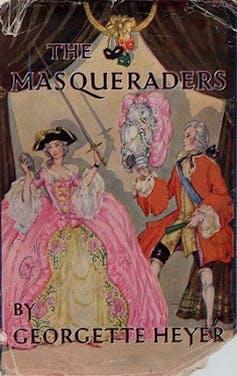
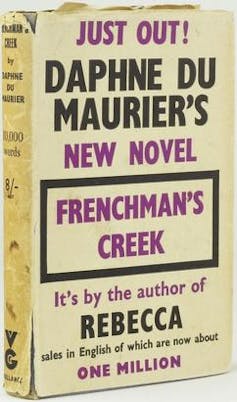
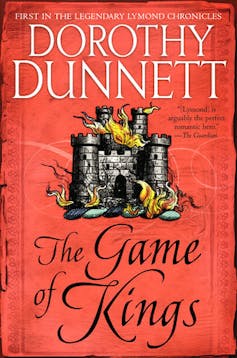
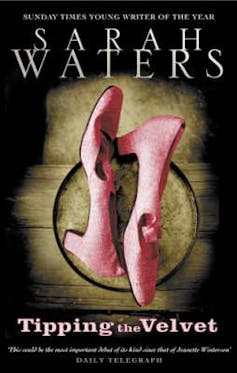
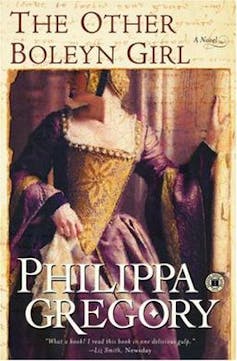


You must be logged in to post a comment.